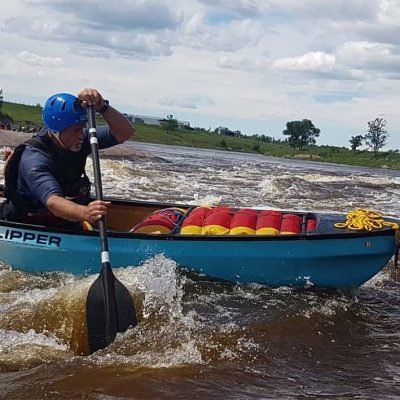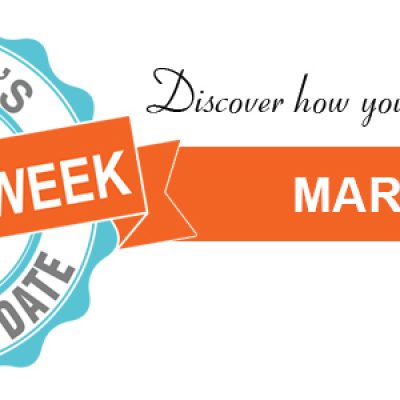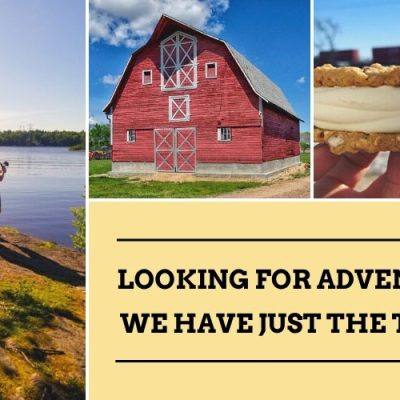

Have you been thinking of adding Eastern Manitoba’s beautiful waterways into your life? Whether you’re looking for calm waters or rapids to get your heart thumping, you’ll find them here in the Eastman Region! No matter where you explore, you’ll experience all the wonders of nature, wildlife, and a fantastic time!
*Disclaimer*
- Stay home if you have been travelling or do not feel well. Here is an excellent resource if you are quarantined. This will help you find people in Manitoba who are willing and able to help you while quarantined. Help Next Door Manitoba
- Go out with people within your household, but practice social distancing (2 metres away) with other groups.
- Please practice Leave No Trace. Clean up after yourself and leave nothing behind such as trash and waste.
Canoeing and Kayaking
Canoeing and kayaking are great ways to introduce yourself to water activities. While it does take time, effort, and a decent amount of sweat to develop canoeing and kayaking skills, starting with those oppose to Stand Up Paddleboarding might be easier if paddling is a new hobby you’re picking up.
There are many benefits to taking up canoeing or kayaking (or even both!) for physical and mental health. Some of these benefits include:
- Improved cardiovascular fitness
- Increased muscle strength in the back, arms, shoulders, and chest
- Increased torso and leg strength
- Paddling is a low impact activity, so the risk of joint and tissue wear-and-tear is reduced
- Depending on the type of water you’re on, paddling can be soothing and meditative, or thrilling and exhilarating. Giving you the outlet to let off some steam the way you want!
- Lowers stress levels
- Paddling can boost your mood
- Paddling can help build confidence. Starting a new hobby means starting new goals. Just think about how good it will feel when you fine-tune your j-strokes or finally paddle that waterway you have been dying to explore!
Well, now you know about all these perks of paddling, but what do you do now? Do you go out and buy a canoe and paddle? That’s probably not the best idea. If you are an aspiring beginner paddler, there are some things you should do that will keep you and other people out on the water, safe.
- Ask someone with experience – Maybe you have a friend, family member, or coworker that spends their weekends exploring the local waterways? If yes, then a great way to learn is to ask if they would be willing to take you out on the water and teach you the basics.
- Take lessons – If you don’t know anybody who paddles, then the next step would be to find an instructor to take some lessons. Wild Harmony is a business that offers paddling tours but isn’t afraid to help beginners learn the basics.
- Wear your lifejacket – The truth is that you never know what might happen. Be prepared, be safe, and wear your lifejacket.
- Stay alert – Pay attention to your surroundings. Stay on the lookout for animals, rocks, and low hanging branches.
- Know your limits – Sometimes we get so excited about a new hobby, activity, or adventure that we push through the pain – Afterall, no pain, no gain, right? Well, that’s not entirely true. Knowing your limits is important. Ending up hurting yourself doesn’t do you any good.
- Keep up with the weather – It happens all the time. It’s a beautiful sunny, hot day and then out of the blue; it’s pouring rain. While on dry land, this is an annoyance, out on the water, it can be very dangerous. Before setting out for your day of paddling, keep checking the weather forecast to make sure that there is nothing but blue skies.
- Dress for the water, not the weather – Make sure you are wearing the appropriate swimwear. A wetsuit is always preferred.
- Stay in contact – If you are paddling with a group, it is crucial to keep in contact with them.
- Basic paddle/arm signals – Did you know that kayakers and canoeists may communicate with arm signals? Check out this website for some of the lingo.
- Don’t buy equipment yet – Make sure that paddling is something you enjoy doing before buying expensive equipment. See if you can rent or even borrow from a friend to test drive this hobby.
- Stretches – It’s a good idea to do some stretches before and after your paddling adventure. While paddling is relaxing, it is still a workout, so prepping your body and letting it cool down is a must.
- Make sure you can swim – I know, I know! This is an obvious one, but it needed to be said.
Check out these videos to see the tips in action!
Stand Up Paddle Boarding
Stand Up Paddleboarding has been around for a while, but recently it’s become the hottest new paddling activity. Like canoeing and kayaking, it has many benefits and is a healthy hobby to add in your life.
- It Exercises your whole body – SUP does have a small advantage in the health department. To navigate a paddleboard, you have to use your entire body.
- It’s a low impact workout – SUP is a low impact workout, so it doesn’t cause serious damage to your ligament or tendons. If you have a past injury, SUP can be a beneficial workout for you, but please contact your doctor first.
- It increases cardiovascular health.
- It improves your balance.
- It can reduce stress.
Here are some tips to help you get started.
- Lessons – SUP might seem like an impossible hobby to figure out, but with the right instructor, it will be so much easier! Check Nature’s Edge Tourism website for upcoming classes near you, or even schedule a day to learn the basics.
- Use a leash – Using a leash will make your SUP experience a lot safer for everybody. The leash is tethered to both you and your board, providing you with a way to float if the weather changes on you, you get tired, lost, or are far from shore (knock on wood). Check out this website about different leashes.
- Fall off your board the right way – This might sound strange to you, but there is a proper way to fall off your board. There’s no need to deny it, you’re bound to fall off, and that’s ok! When you’re in that situation, the important thing is to fall away from your board and straight into the water to avoid hitting the board itself and its fins.
- Don’t look at your board – That’s not to say that you can never look at your board, but for the best stability you want to keep your head up and look at the horizon. Also, keep your back straight and your body weight over your toes.
- Use your core – When paddling, make sure you’re not using your arms, work that core instead!
- Keep a lookout – Just like with canoeing and kayaking, stay alert. Watch your surroundings for anything that will tip you over, other paddlers, and boats.
- Don’t bite off more than you can chew – It’s more than ok to push yourself, but there is a limit. If you start feeling exhausted, that’s your body telling its had enough. When practicing a new technique, make sure that it is safe to do so and that you can do it without injury.
- Wetsuit – Wetsuits really are an important part of any paddling adventure.
- Honestly – Most of the safety tips for canoeing and kayaking apply to SUP.
- Have Fun!
Check out this video to see these tips in action!Can’t decide where you should paddle? The Eastman has many incredible beds of water, but it can be hard to select where to start. Visit our blog, Hot This Week: Paddling, to help you decide.


